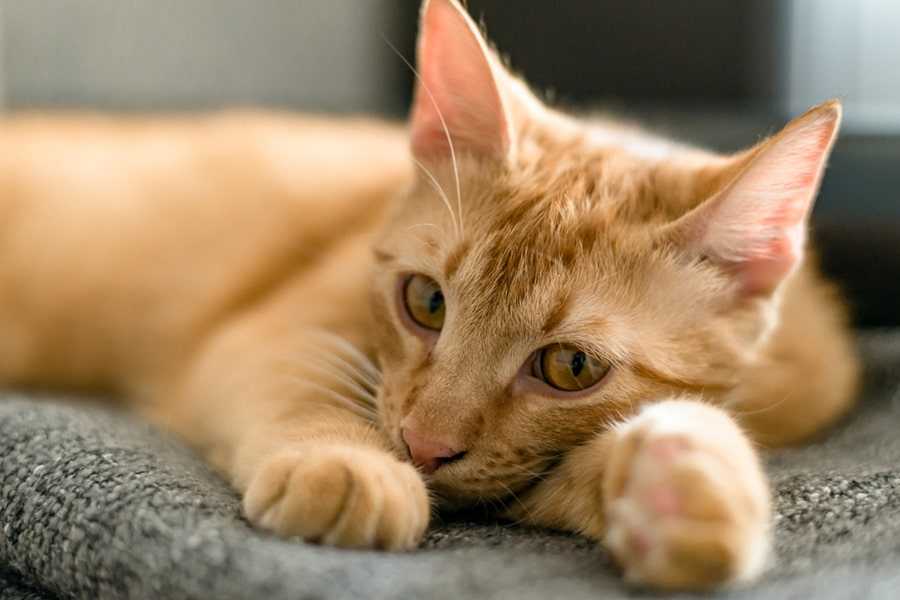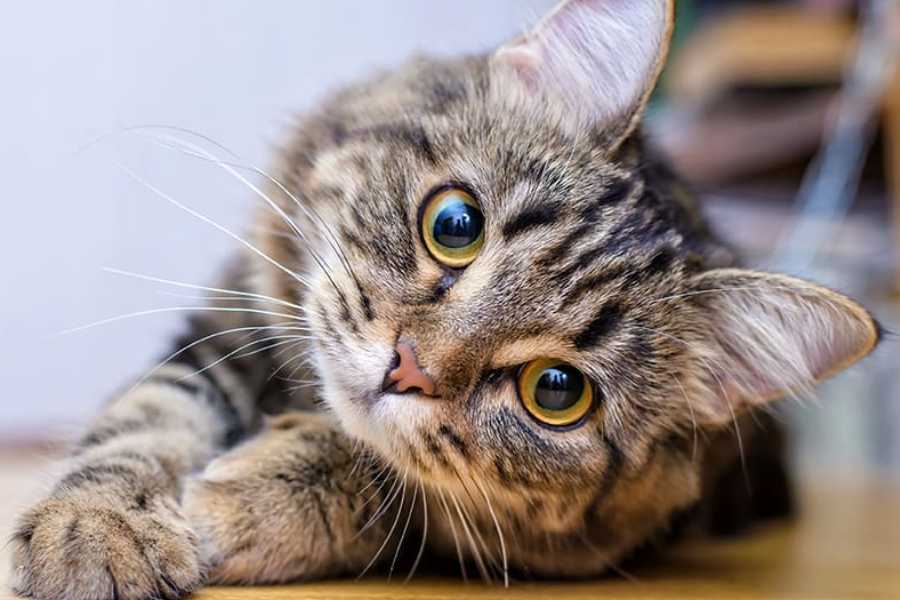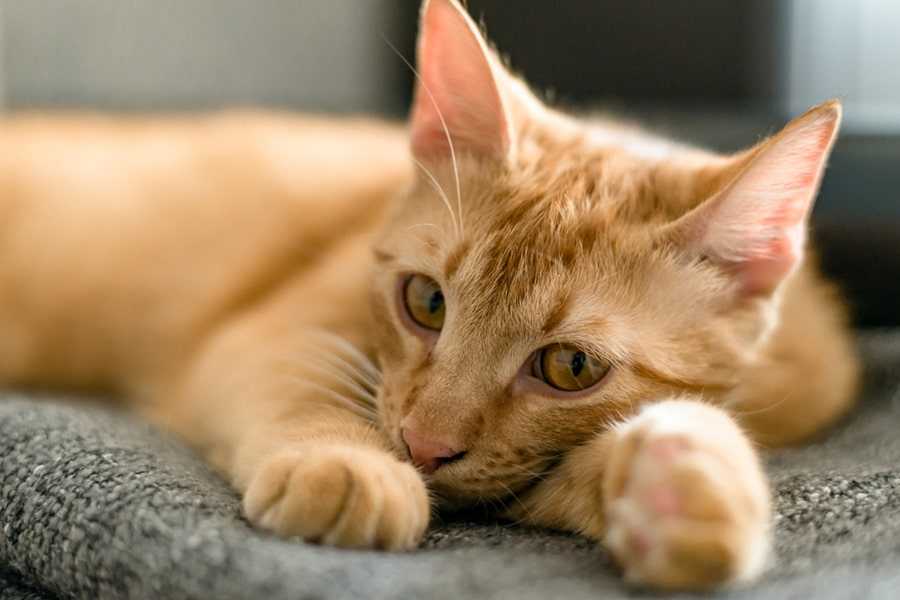Understanding Cat Seizures | What to Do and How to Help

What to do and how to help your cat when they have a seizure? ![]()
Witnessing your cat having a seizure can be a distressing experience. It’s crucial to understand what’s happening and how to respond effectively.
This article will guide you through the process, explaining what a seizure is, why it happens, and what you should do if your cat has one.
Seizures, also known as convulsions or fits, are the result of abnormal electrical activity in the brain. Normally, this electrical activity is steady and low.
However, for various reasons, it can suddenly peak, crossing what’s known as the seizure threshold. When this happens, the body reacts dramatically, with muscles twitching and flailing around. This is a seizure.
Types of Seizures 🧠

There are two broad categories of seizures: partial and generalized.
Partial seizures occur when a small part of the brain experiences excessive electrical activity, causing a small part of the body to act in an exaggerated, random way. For example, a cat might have a twitching eyelid, a twitching side of the face, or just one limb flailing around.
Generalized seizures are more common and more dramatic. The cat falls over onto their side, their legs flail around, and they lose consciousness. This is the classic seizure or fit that most people are familiar with. ![]()
Causes of Seizures 🕵️♀️

The key issue when your cat has a seizure is determining the cause. The potential causes can be split into extracranial and intracranial.
Extracranial causes include poisoning, viral diseases, bacterial diseases, and metabolic issues like heatstroke or diabetes mellitus. These are more generalized conditions that also happen to affect the brain.
Intracranial causes are issues inside the brain. For example, a young cat could be born with a congenitally abnormal brain, such as cerebellar hypoplasia. An older cat could have a brain tumor causing pressure on the brain. There are many other brain diseases that can lead to seizures.
If your cat has a seizure, it’s crucial to visit the vet. The vet will try to determine the primary cause and will typically carry out an investigation that includes blood tests, urine tests, ultrasound, x-rays, and further diagnostic imaging like CT scans or MRI scans. Sometimes, they may take a sample of fluid from the brain (CSF fluid) to examine changes happening around the brain directly.
In some cases, despite extensive testing, no primary cause can be found. These cases are classified as epilepsy, also known as primary or idiopathic epilepsy. This means that there’s no structural abnormality, and the seizures are happening for reasons we don’t fully understand. ![]()
What Happens During a Seizure? 😿

A seizure generally has three stages:
Prodromal phase: This is the period leading up to the seizure. Your cat may behave a bit strangely, walking in an odd way or staring at the ceiling.
Ictus: This is the seizure itself. During a full-on seizure, your cat may fall onto their side and lose consciousness. They may have random movements of the legs, urinate or defecate, have wide, staring eyes, vocalize loudly, and show signs of autonomic activity like salivation and a rapid heart rate.
Postictal phase: This is the period after the seizure. Your cat may seem disoriented or confused, and they may need some time to recover fully.

What to Do If Your Cat Has a Seizure? 🚑

If your cat has a seizure, there are three things you should do:
Move the cat to a safe place: If your cat is in an unsafe location, like at the top of stairs or near objects they might bash into, move them to a clear open space where they can have their seizure without harming themselves. Use a towel to move them, like a stretcher, rather than trying to carry the cat’s body itself.
Time the seizure: Look at the clock when the seizure starts and again when it ends. This will help you know how long it lasted, which is important information for the vet.
Take a video of the seizure: Once you’re sure the cat is in a safe place, take a video of the seizure happening. This will provide useful information for the vet and help them understand what kind of seizure it was.
If your cat’s seizure lasts longer than two or three minutes, call the vet immediately. A cat that doesn’t come out of a seizure needs to be brought out of it by the vet. This is a very serious situation called status epilepticus, and it requires immediate veterinary intervention.
If your cat has a shorter seizure and comes out of it, you should still see the vet as soon as possible. The vet can take blood samples and perform other tests immediately after a seizure, which can help identify any abnormalities.
Treating and Managing Cat Seizures 💊

If the vet identifies a primary cause for the seizures, such as a virus or tumor, treatment will focus on addressing that primary cause. However, in many cases, no primary cause is identified, and the cat is diagnosed with epilepsy.
In these cases, two things need to happen:
Medication: The vet may prescribe daily medication to prevent seizures. This medication is usually a mild sedative that dampens down the electrical activity in the brain, preventing it from reaching the peaks that cause seizures.
Seizure diary: You should keep a seizure diary, noting the time and date of each seizure and any events or changes in behavior around the time of the seizure. This can help you and your vet understand the pattern of your cat’s seizures and determine the best course of treatment.
Remember, it’s very rare for a cat to die during a seizure. Most seizures are short-lasting, and cats recover from them. Stay calm, follow the steps outlined above, and seek veterinary help promptly. ![]()
Administering Anti-Seizure Medication at Home 💉

In some cases, your vet may provide you with medication to administer at home immediately after a seizure. This medication is typically a short-acting anti-seizure drug like diazepam or midazolam. It’s not used for long-term control, but to prevent a second seizure from happening soon after the first one.
The medication will come in a light-proof bottle, and you’ll be provided with a syringe and a catheter tip or an atomizer for administration. The medication can be given per rectally (into the cat’s bottom) or intranasally (up the cat’s nose).
To administer the medication per rectally, draw up the appropriate dosage into the syringe, attach the soft catheter tip, and insert it a small amount into your cat’s bottom. Then depress the plunger to push the drug into the cat’s rectum.
To administer the medication intranasally, draw up the appropriate dosage into the syringe, attach the atomizer, and prime it by injecting a small amount into the tubing. Then hold the tube right up against the cat’s nose and squirt the medication up the cat’s nose.
You can repeat the drug dosage every five minutes for up to three doses. If your cat is still having a seizure after that, seek veterinary attention immediately.
Every cat and every owner will find a different technique either per rectal or intranasal that they find easier. ![]()
Remember, your vet is always the best source of information when it comes to your pet’s health. Don’t hesitate to chat to your vet about which technique you find best.
Tags
Share
Table Of Contents
Related Posts
Quick Links

